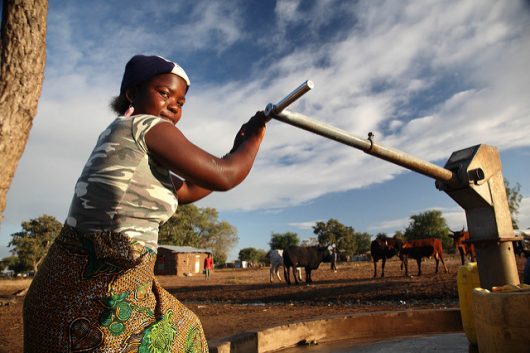How to Measure Women’s Empowerment for Equality

Investing in gender equality has proven to stimulate economic growth and create safer and healthier communities. If a woman is given the opportunity to work, her entry into the labor force initiates economic expansion. When given equal access to education, girls are able to become educated mothers and, in turn, create a more stable environment for the family.
Reasons to Invest in Gender Equality
With such good benefits, why wouldn’t someone invest in such equality? The problem is that the world needs an accurate way to measure women’s empowerment so it’s possible to create prosperous and efficient programs.
Multiple theories have arisen attempting to address this issue. Some believe a good way of assessing the level of empowerment in a woman’s society is to gauge how much she is able to participate in formal and informal social institutions.
Ability to make one’s own life choices is always emphasized as a factor of measurement. Having agency over decisions is an important part of everyone’s life that women in impoverished countries are often deprived.
Women’s Empowerment Framework
UNICEF uses its own method called the Women’s Empowerment Framework (WEF) that includes control, social participation, access to resources and welfare. According to this measurement system, supplying women with welfare will have a domino effect that will turn into mobilization and finally, control.
The WEF promotes women having careers and leadership positions so that they have an equal place in society to that of men. It also emphasizes the importance of having access to maternal healthcare and closing the gender wage gap.
J-PAL Approach
The most recent developments in methods to measure women’s empowerment comes from MIT’s Poverty Action Lab called J-PAL. This approach takes into account the local context of the girl’s community and how that affects her ability to makes choices in her own life.
According to J-PAL’s plan, there needs to be a logical way of measuring the amount of impact a program has on a woman and her community. Surveys are an option, but researchers acknowledge that sometimes women do not know how or cannot answer the question well. However, phrasing questions in simple, easy-to-answer ways can increase the accuracy of survey results.
Research studies to measure gender bias in communities is also a good way to gauge women’s freedom. J-PAL also addressed the gravity of properly collecting data from this research. Without an accurate and easy way to track results, it will not be possible to construct effective programs.
Achieving Gender Equality
J-PAL’s outline for conducting gender analysis can ultimately help a lot of women living in oppressed communities. Reliable systems need to be put into place in order to measure women’s empowerment and thus create real equality.
The approach is far from perfect, but with a constantly changing subject of research, it is near impossible to pin down a way to measure with 100 percent accuracy. Despite some flaws, the invention of this method helps women today and has the promising potential to change how people view and react to women’s empowerment across the world for years to come.
– Amelia Merchant
Photo: Flickr
